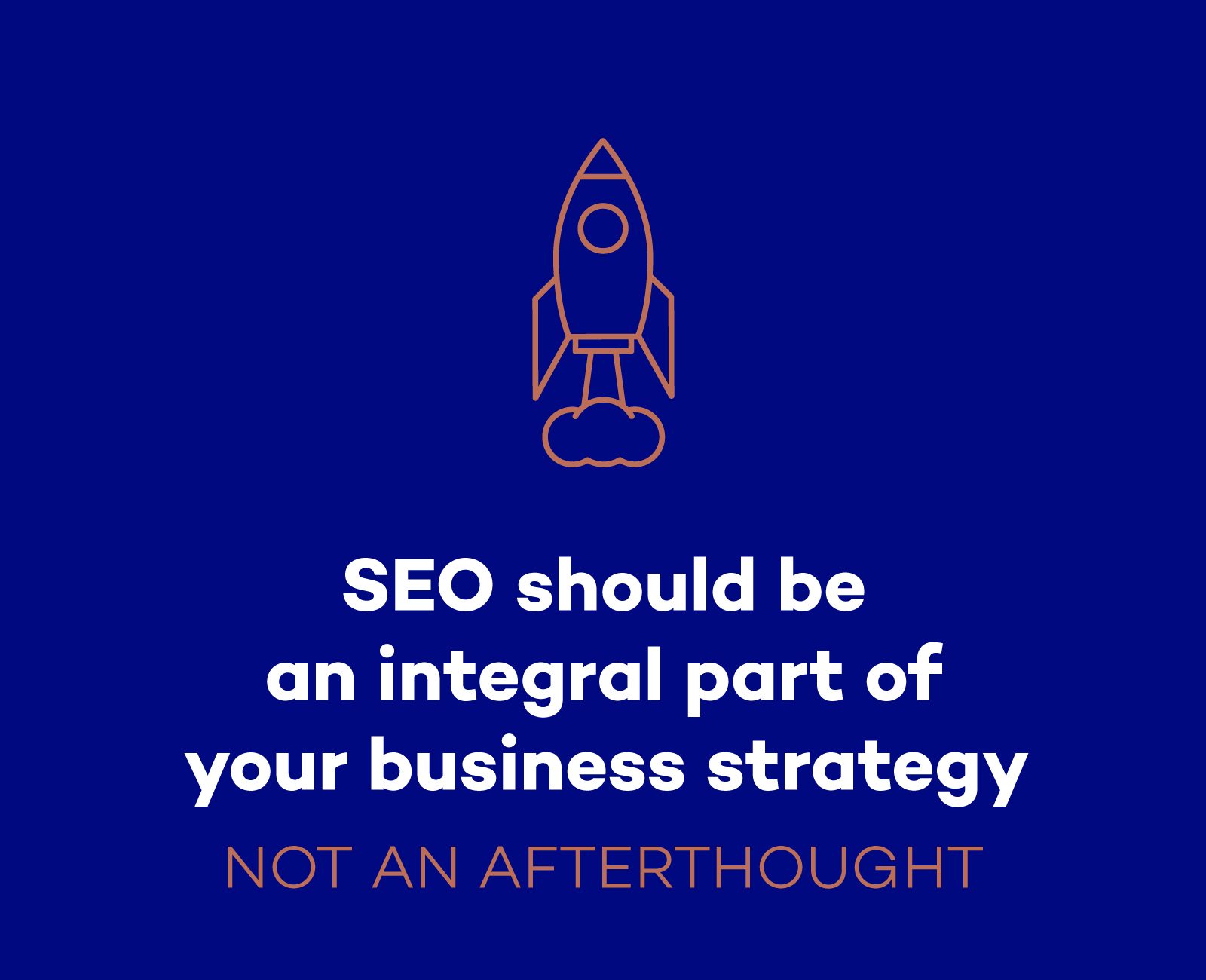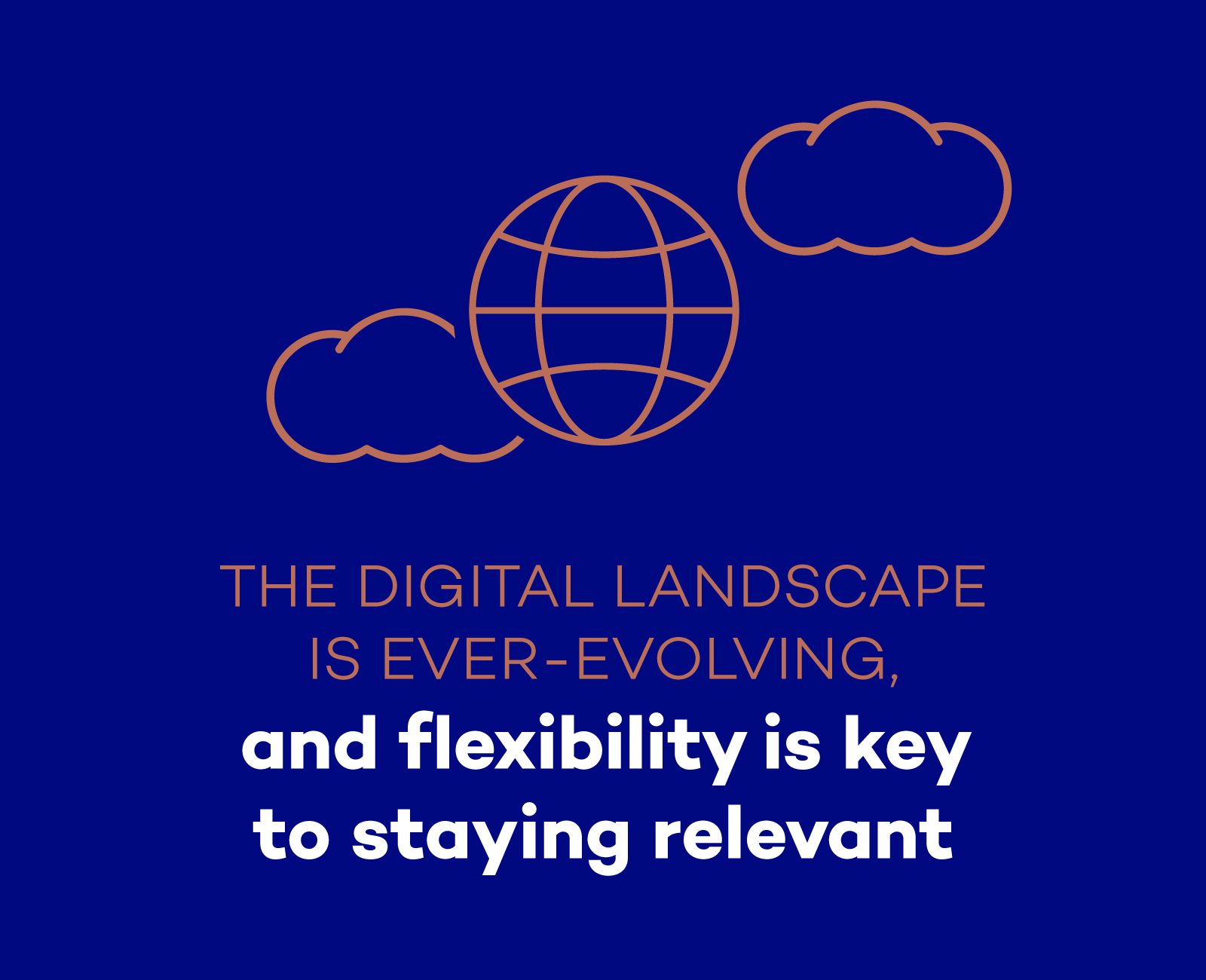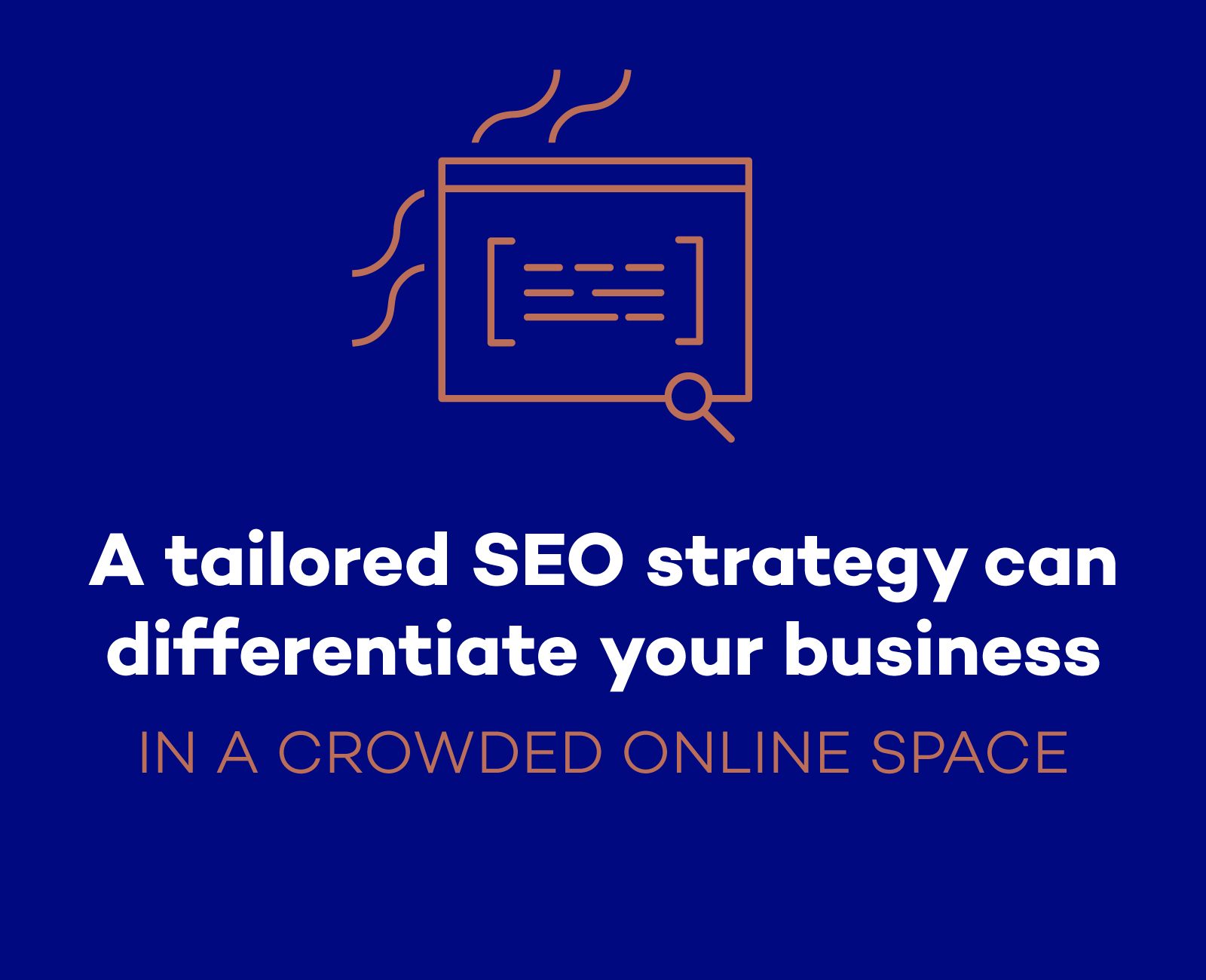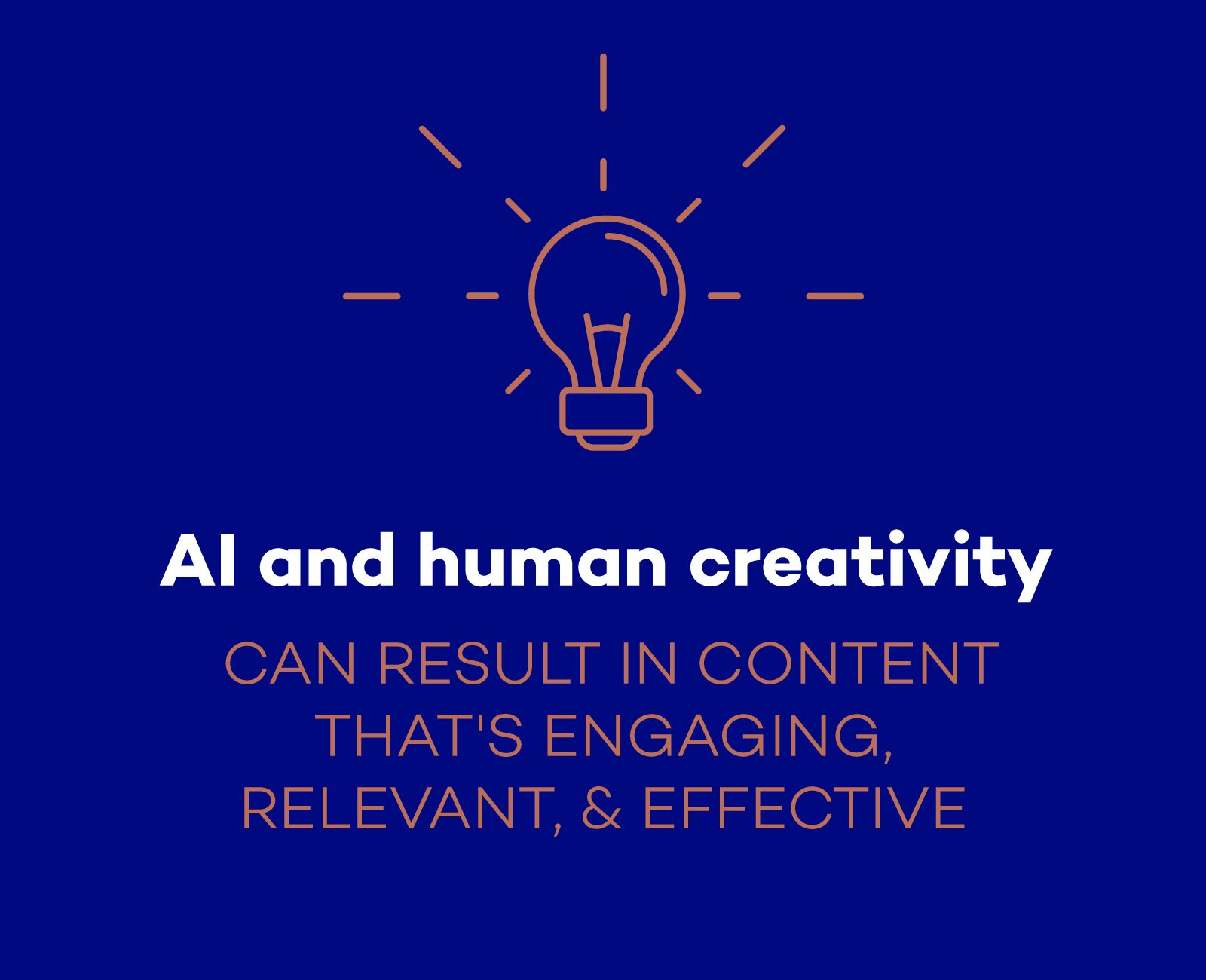UNLOCKING SUCCESS IN 2024: A COMPREHENSIVE GUIDE TO NAVIGATING SEO TRENDS FOR BUSINESS GROWTH
Journal / Industry Insights, Inspiration / 04.04.24
As the digital world evolves, understanding and adapting to the latest SEO trends is crucial for businesses looking to thrive in 2024. This guide will delve into these trends, offering detailed insights and practical actions for various types of businesses.
Making SEO Work for Your Business Goals

SEO should be an integral part of your business strategy, not an afterthought. By aligning SEO efforts with well-defined business objectives, whether it’s increasing brand awareness or driving sales, businesses can see a greater impact from their online presence. This alignment ensures that every piece of content and every SEO tactic directly contributes to achieving business milestones.
Example: A city hotel could align its SEO strategy with its goal of increasing bookings by creating content centered around local attractions and unique hotel amenities, optimizing for keywords related to travel and accommodation in its city.
Reaching Your Audience Where They Are
In today’s digital world, your audience is spread across various platforms, and a multi-platform SEO strategy is crucial. This involves creating content that’s tailored to the specific platform and audience, whether it’s a search engine, social media, or another digital space. Understanding where your audience spends their time and how they consume content on each platform can guide your content creation efforts.
Example: For a fashion store, this could mean creating visually appealing Instagram posts showcasing new arrivals, along with in-depth blog articles on the latest fashion trends and how to style them.
Focusing Beyond the First Click
Today’s SEO is about engaging visitors once they land on your site. Moving beyond the initial click, the focus is on creating an experience that captivates and retains visitors, guiding them through a journey that aligns with their interests and leads to conversions. This approach involves understanding the customer’s journey and crafting content that addresses their needs at each stage.
Example: A resort can create a series of blog posts and landing pages that take visitors from dreaming about a vacation to booking a stay to a specific destination, featuring compelling imagery, guest testimonials, and special offers.
Sticking to the SEO Basics

Despite the evolving digital landscape, the core principles of SEO remain unchanged. This includes ensuring a user-friendly website, creating high-quality content, acquiring a volume of high quality and relevant links and maintaining technical excellence. These fundamentals are the foundation upon which successful SEO strategies are built and are critical for long-term digital success.
Example: A technology store should focus on creating a visually appealing yet easy-to-navigate website with high-quality images, engaging & information-rich product & category descriptions, ensuring a seamless shopping experience.
Adapting to Google’s New Shopping Experience
As Google transitions more towards being a shopping platform, it’s essential for ecommerce businesses to adapt their SEO strategies accordingly. This involves optimizing for Google Shopping, understanding the nuances of how products are displayed and searched for on this platform, and ensuring that product listings are optimized to capture potential customers’ attention.
Example: An ecommerce website can optimize its product listings for Google Shopping by including high-resolution images, detailed specifications, and competitive pricing, along with SEO-friendly product titles and descriptions.
Content That Connects with Your Audience
Focusing on creating content that truly resonates with your audience is more effective than simply chasing the latest algorithm updates. This involves understanding your audience’s interests, pain points, and preferences, and creating content that addresses these aspects in a meaningful way. Engaging, relevant content can build a loyal audience and drive conversions.
Example: A toys store can create an interactive blog that discusses the latest toy trends, provides playtime ideas, and includes parent reviews, focusing on topics that matter to their customer base.
Being Flexible in a Fast-Changing World

The digital landscape is ever-evolving, and flexibility is key to staying relevant. Embracing new content formats and being open to experimentation can help businesses reach a wider audience and adapt to changing consumer behaviors. This includes exploring various multimedia formats like video, podcasts, and infographics.
Example: A shampoo brand could diversify its content strategy by creating how-to videos on hair care, podcast episodes discussing hair health, and infographics on the benefits of natural ingredients.
Voice Search Optimization
With the rise of smart speakers and voice-activated devices, optimizing for voice search is becoming increasingly important. Voice search queries tend to be longer and more conversational than text-based searches. This trend emphasizes the need to optimize content to match the natural language patterns of potential customers.
Example: A city hotel can optimize for voice search by including content that answers common voice queries, such as “What hotels are near the downtown area?” or “Find luxury accommodations in [City Name].”
Tailoring SEO to Your Unique Business

Customizing your SEO approach to reflect your business’s unique traits and values can significantly enhance your digital footprint. It’s about leveraging what makes your business stand out and using SEO to highlight these unique selling points. A tailored SEO strategy can differentiate your business in a crowded online space.
Example: A real estate brand can focus its SEO efforts on showcasing its unique properties through virtual tours, customer success stories, and detailed neighborhood guides, emphasizing its expertise in specific real estate markets.
AI and Content: A Winning Combination

Artificial Intelligence (AI) is revolutionizing content creation, offering a blend of efficiency and personalization. By leveraging AI, businesses can produce content that’s not only high in volume but also tailored to their audience’s preferences. This fusion of AI and human creativity can result in content that’s engaging, relevant, and effective in driving traffic and engagement.
Example: An ecommerce website e.g. a luxury watch e-shop, could use AI to generate initial product descriptions, then infuse them with brand-specific language and detailed craftsmanship stories to enhance their appeal.
Using Data to Enhance Your SEO
Structured data is increasingly important in SEO, as it helps search engines better understand and display your content. Implementing structured data can improve how your site appears in search results, making it more attractive and accessible to potential customers. This involves marking up your website’s content in a way that search engines can easily interpret.
Example: An ecommerce website can use structured data to provide detailed information about each product, such as brand, model, price, and reviews, making it easier for search engines to display this information in rich snippets.
Mobile-First Indexing
Google’s mobile-first indexing means the mobile version of your website is the primary version for ranking. With the majority of searches now performed on mobile devices, having a mobile-friendly website is more crucial than ever. This trend underscores the importance of responsive design, fast loading times, and easy navigation on mobile devices.
Example: A fashion store should ensure its website is fully responsive, with a mobile-friendly interface that makes shopping on smartphones a breeze. Implement accelerated mobile pages (AMP) for faster loading times.
Local SEO for Hyper-Local Marketing
Local SEO is becoming hyper-local, focusing not just on cities or regions but on neighborhoods and locations within cities. This trend is particularly important for local businesses offering services to particular areas allowing them to target customers within a very specific geographical area.
Example: A plumbing service can create neighborhood-specific content on their website, detailing the types of services offered, emergency response times, and special offers for residents.
Video Content Optimization
Video content continues to surge in popularity. YouTube is the second largest search engine after Google, highlighting the importance of video content in an effective SEO strategy. Optimizing video content for search involves using the right keywords in titles, descriptions, and tags, and providing quality content that engages viewers.
Example: A gadgets store can create review videos for the latest products, ensuring that video titles and descriptions are optimized with relevant keywords to improve visibility on YouTube and Google search.
Showcasing the Real Value of Your Business
In an era where authenticity is highly valued, showcasing the real value of your business is crucial. This involves creating content that highlights the authenticity, quality, and unique aspects of your products or services. Authentic content can improve your search rankings and resonate more deeply with your audience.
Example: A resort can share real stories of guest experiences, showcase its commitment to sustainability, and highlight unique amenities through blog posts, social media content, and guest reviews.
Conclusion
The SEO landscape in 2024 offers exciting opportunities for businesses willing to adapt and innovate. By understanding these trends and implementing practical, tailored strategies, you can enhance your digital presence and align it more closely with your business goals. Remember, successful SEO is not just about following trends; it’s about using them to tell your unique business story and connect with your audience in a meaningful way.
